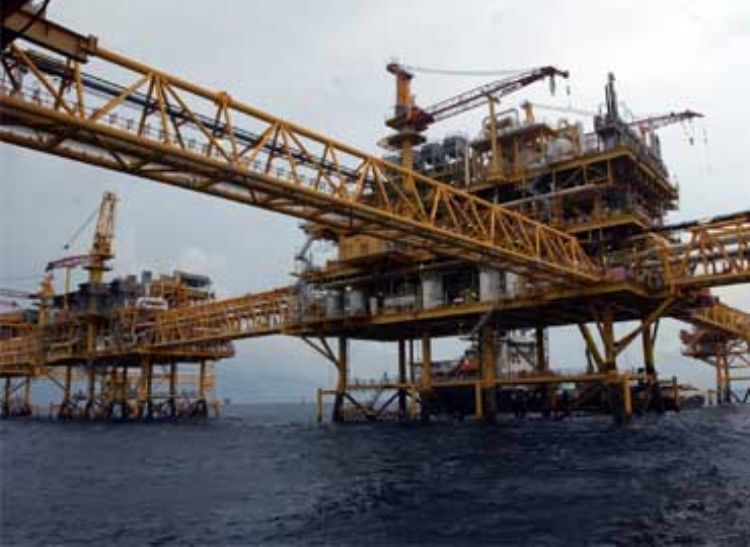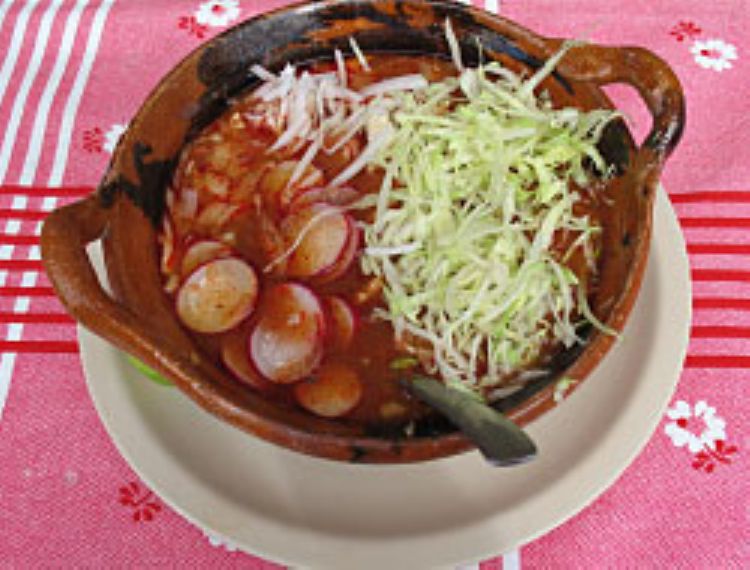
Pozole, Delicious Mexican Dish
Pozole is a delicious dish prepared with corn, meat, pepp...
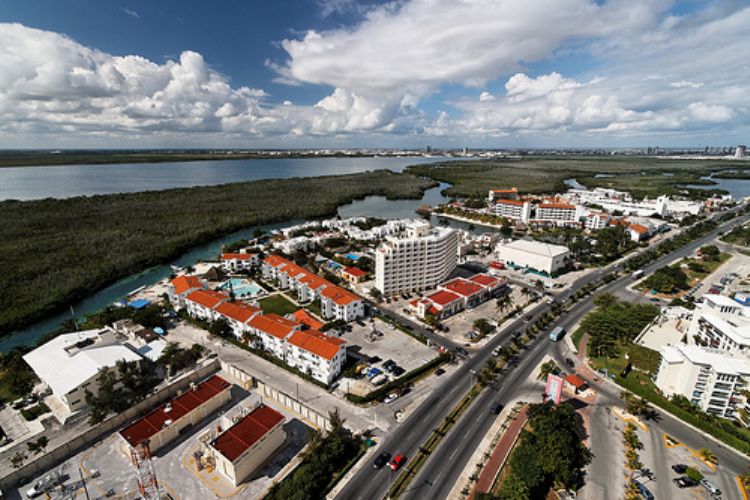
Cancun is a city located on Mexico's southeast in the State of Quintana Roo, its borders are bathed by the beautiful Caribbean Sea, making it a tourism destination by excellence. Its name comes from Mayan language (Kaank'uun) meaning snakes, or it could also be interpreted as a snake of gold or snake nest. Today it is a city characterized for its hotels, restaurants and tourism infrastructure, needed to host the thousands of tourists who visit it yearly from all over the world, making it Mexico's main tourism destination.
The origins of Quintana Roo (the state where Cancun is) and therefore Cancun go back to the era of the Mayan culture, when the people of the Itzaes occupied this jungle territory, obligating the development of an imposing culture, needed for adapting to this beautiful but inhospitable land. This is why today we can observe along this area grand archeological remains as the fortress of Tulum, the City of Coba and Kohunlich, among others, which are a clear sample of the great development reached by its first dwellers.
In October 1527, when the kings of Spain, after the discovery of the Yucatan Peninsula (where Cancun is located), decided to authorize the conquest of these lands, one the first Spaniards, leader Francisco de Montejo stepped on these beautiful beaches. Until shortly before the XIX century, the pirates of the Caribbean, who had their domain over this whole area, that being surrounded by water was the perfect scenario for their constant attacks, added to the growing abandonment of the zone due to Indian rebellions. Among the most famous pirates around this region are Mundana, Jean Lafitte and Molas (the first known for making Isla Mujeres his home). The pirates' domain ended when General Bravo started military action and created forced labor fields.
In 1849 the Mexican resettling in this area began, although it was a slow process mainly due to the place's isolation and climate (hurricane zone), dwellers from different parts of the country started to migrate towards this region in search of better life quality.
After these resettlements, we can say that the origin of what today is known as the tourism center of Cancun is due to a tourism development program created by then president of Mexico, Gustavo Díaz Ordaz in 1969, with the goal of finding areas with tourism potential, searching to promote investment, employment and income. Thus, research for finding appropriate areas (carried out by Infratur) showed Cancun and Zihuatanejo as the regions of greatest potential.
This is how the development of Cancun started in 1970 with the construction of the basic services today known as the town of Cancun; and five years later it continued with the development of the hotel zone, where initially the government had to finance the construction of the first hotels, due to the uncertainty and skepticism of those days, making Palacio Maya and Club Med the first constructions in the area.
Although today Cancun is inhabited by little more than half a million persons, this imposing spa is visited by more than 3 million tourists each year. Also, we can say its territory is divided into three main areas:
a) The town of Cancun, a residential area of popular infrastructure where 60% of the population lives.
b) The ecological reserve provides a special beauty to this zone with beautiful landscapes, lagoons and mangroves.
c) Hotel zone, developed on a 25 km boulevard, along which there are hundreds of five stars hotels, grand and first-class tourism, together providing the island with a capacity of over 28,000 rooms, as well as a great variety of restaurants, stores and nightclubs willing to receive the different types of tourists and satisfy even the most demanding.
All this impressive tourism complex doesn't only turn Cancun into the number one destination of Mexico and one of the most highly valued beaches in the world, but it also generates employment, estimated at more than 40,000 direct jobs, as well as an attractive investment area for Mexican capital, which is calculated possesses close to 70% of hotel properties.
Finally, it is worth mentioning that in addition to the impressive and vertiginous development of Cancun during the last decades, it has been foreseen to continue developing this zone through mega projects such as Puerto Cancun, which is expected to have 1500 spaces located to the north of the coast and complemented with an imposing tourism development; and the complex Malecón Cancun, a project including the development of more than 25 thousand rooms in the hotel and hundreds of restaurants and shops, all located around a lagoon.

Pozole is a delicious dish prepared with corn, meat, pepp...
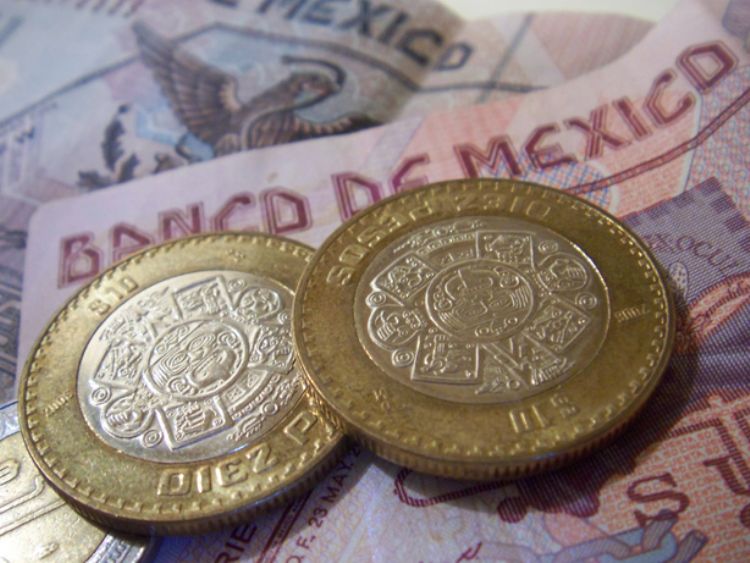
The history of migration of Mexican citizens to the Unite...
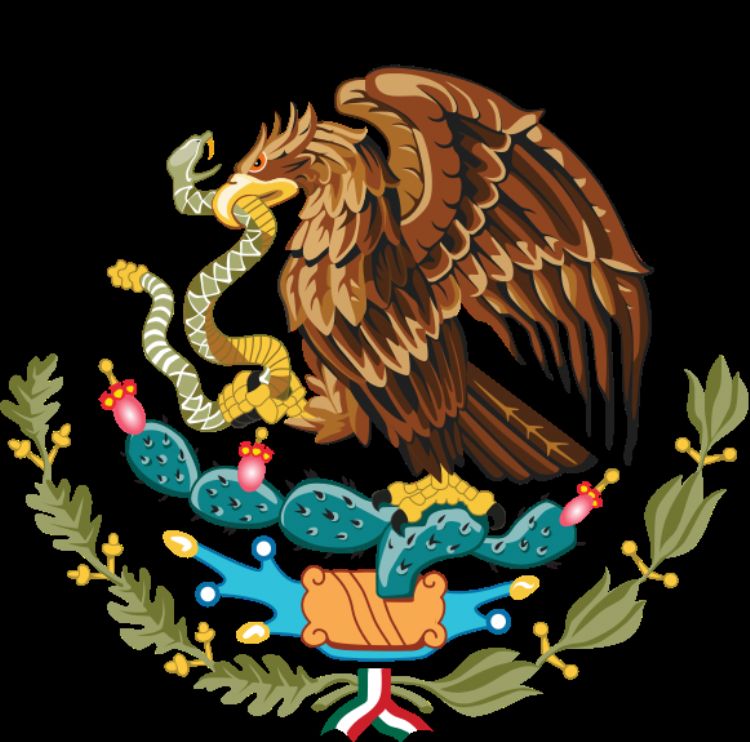
The 1917 Constitution is the result of a long historical ...
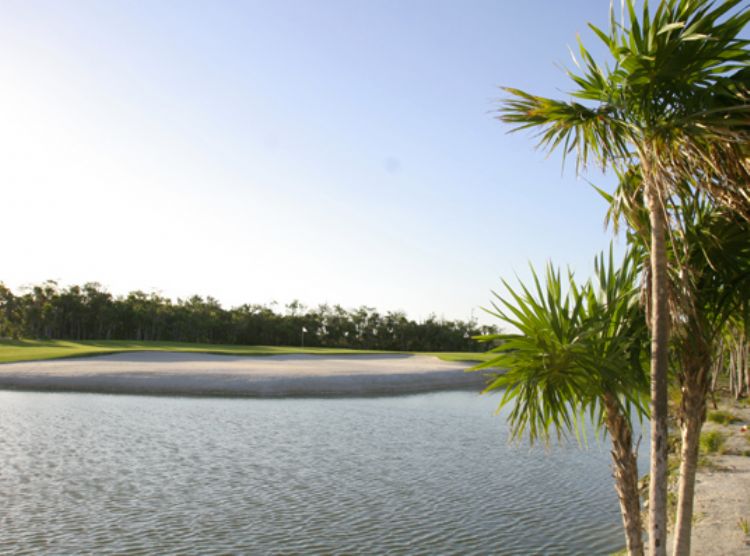
Playa Mujeres This is one of the most ex...
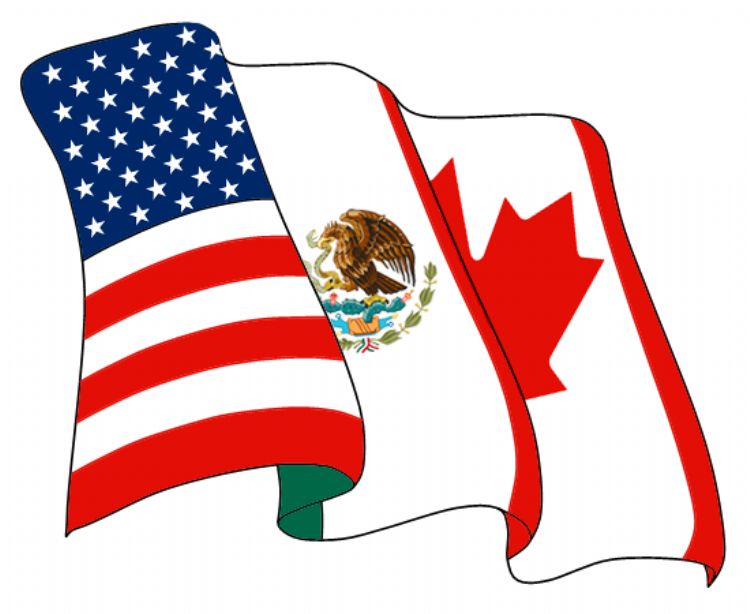
Free Trade Agreement Mexico - European Union
Read more

Since we are located in a great seismic zone of the world...

Mexico occupies fourth place worldwide in specie biodiver...
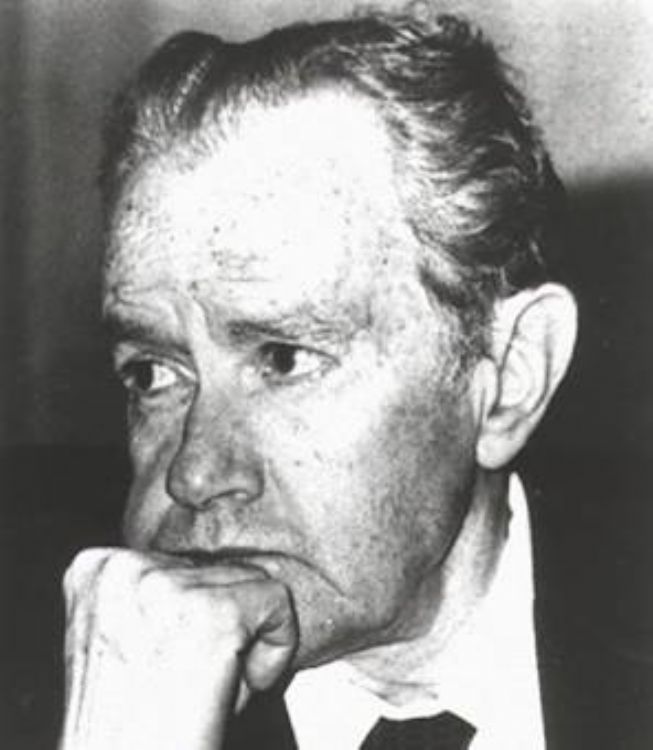
Juan Rulfo was born on May 16, 1917. He spent his first y...
